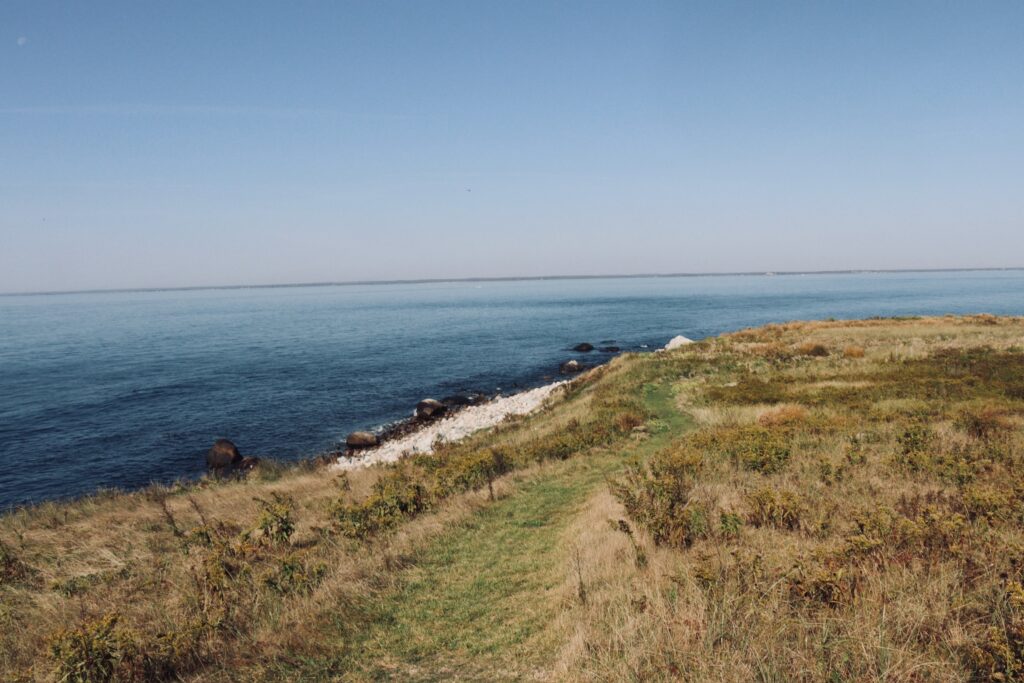The Intersection between the Penikese Island Experience and the “Animate Landscapes” Course
How did our experience on Penikese Island intersect with the ideas and concepts we have studied in the “Animate Landscapes” course?
The readings in Animate Landscapes are chosen in order to introduce students to indigenous cosmologies in which human beings are not the only beings in the world that are animate, agentive, and whose desires and goals matter. The goal is to realize that there are other worlds than the one western science and western capitalist culture lives in. This was the second time I taught this class, and while I felt the first time went well, there was one glaring omission – the land itself. Teaching about indigenous life to non-indigenous students is a tricky endeavor, and one I approach with great care, and by including as many indigenous authors as possible. But reading Vine Deloria’s words about land as an ongoing source of revelation, or Sayana Namsaraeva writing about how landscapes have rhythms, in a classroom, surrounded by concrete and glass, our feet resting on old carpeting, both my students and myself became very aware of the kind of disconnected pedagogies that Leanne Betamosake Simpson critiques in her argument that Land is Pedagogy. When a flyer for the Gull Island Institute came across my desk, it seemed like a perfect opportunity to experiment with a different approach, but it was very much an experiment. To be perfectly honest, I was terrified that the experience wouldn’t connect to our readings at all. Experiencing it with my students, and reading what they have written on this website is incredibly gratifying, because the experiment succeeded beyond my wildest hopes.
Although we went into the experience having read theory by several indigenous authors, we very explicitly tried to emphasize that this was not meant to be a comparable experience, that we were not “playing Indian.” In fact, our discussion with my colleague, Dr. Nitana Greendeer, highlighted for the students just how different their own relationships to place were from the experiences she had growing up in Mashpee, MA, even though several of the students had also grown up in Massachusetts, and other parts of New England. My students started the semester with a desire to think deeply and intentionally about how people relate to land in profoundly different ways, I am convinced that actually having to relate, viscerally, in the flesh, to Penikese Island with their classmates, made this theoretical understanding real in a way that I would never have been able to accomplish alone.
Justine Buck Quijada
